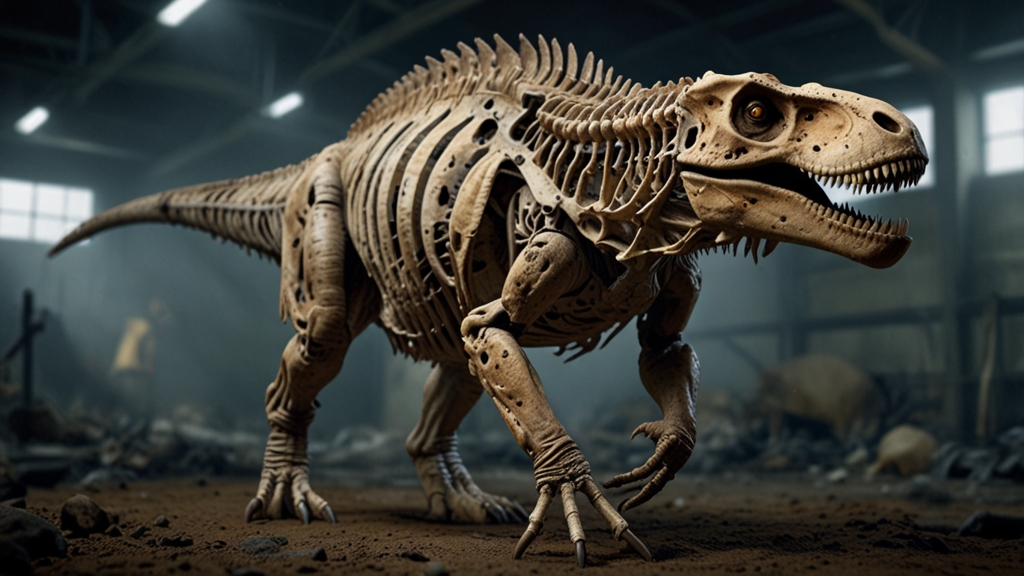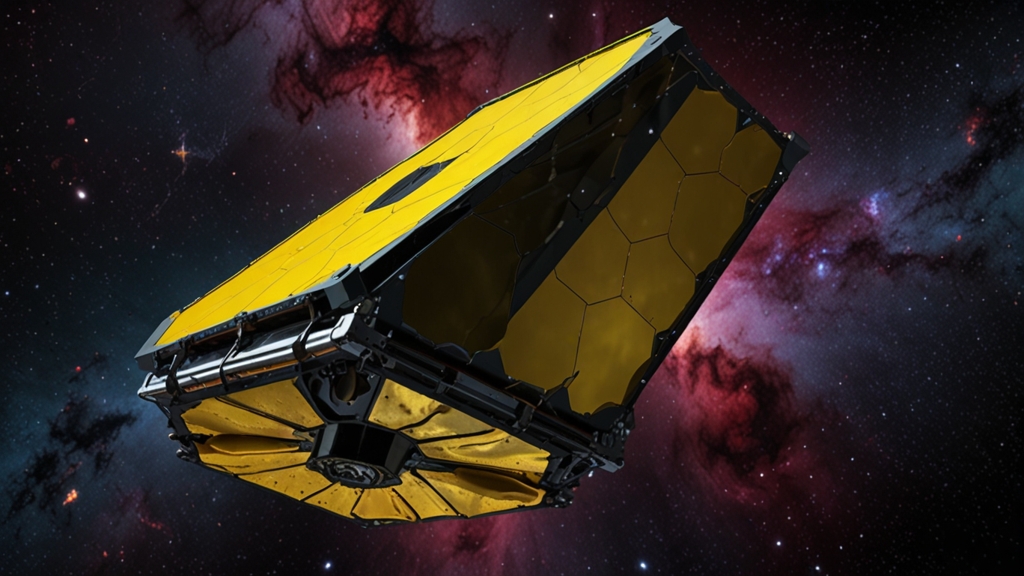Mysterious Extinct Creatures: What We Can Learn from the Fossil Record
The fossil record is like a window into the distant past, offering us a glimpse of Earth’s rich and varied history. Over millions of years, countless species have arisen, thrived, and vanished—many of them leaving behind fossils as the only testament to their existence. Among these are some truly mysterious and enigmatic creatures whose stories offer invaluable lessons about evolution, adaptation, and extinction.
The Enigma of the Trilobites
Trilobites are among the most prolific and recognizable fossils found around the world. These arthropods lived in Earth's oceans for over 270 million years, from the early Cambrian period to the end of the Permian period. Their segmented bodies and diverse morphologies make them not only a subject of scientific intrigue but also an excellent index fossil, helping geologists to date rock layers.
“Trilobites provide crucial insights into early arthropod evolution and the complexity of ancient marine ecosystems. Their varied forms and widespread distribution help scientists understand ancient ecological niches and evolutionary processes.”
Trilobites teach us about the adaptability and resilience of life. Despite their eventual extinction during the late Permian mass extinction event—one of the most catastrophic in Earth’s history—they remind us of the incredible diversity life can achieve and the potential vulnerabilities it faces.
The Massive Megalodon
The Megalodon, a prehistoric giant shark, roamed the oceans approximately 23 to 3.6 million years ago. With an estimation of up to 60 feet in length, these apex predators were at the top of the marine food chain. Fossilized teeth provide much of the evidence for their existence, revealing not only their size but also their diet and predatory habits.
The disappearance of the Megalodon highlights the role that environmental changes and competition play in the survival of species. Shifts in ocean currents, temperature, and the rise of smaller, more agile predators like the great white shark are believed to have contributed to the extinction of these marine giants.
Studying Megalodon fossils helps researchers understand the impacts of climate change and ecological shifts on large marine predators. This knowledge is increasingly relevant today as modern sharks face significant threats from overfishing and habitat loss.
The Mystery of the Pterosaur
Pterosaurs were flying reptiles that lived during the age of dinosaurs, from the late Triassic to the end of the Cretaceous period. Unlike birds, pterosaurs had membranous wings supported by a single elongated finger, allowing them to achieve impressive flight capabilities. Their fossilized remains, though often rare and fragmented, provide critical insights into the evolution of flight and the diversity of prehistoric life.
“The discovery of pterosaur fossils with well-preserved wing membranes and hair-like structures suggests that these creatures were not only skilled flyers but also possibly warm-blooded. Their anatomical adaptations illustrate the evolutionary experimentation that occurred during the Mesozoic era.”
By examining pterosaur fossils, scientists can trace the evolutionary pathways that led to the development of flight in vertebrates. These ancient aviators highlight the complex interplay of genetics, environment, and anatomical innovation.
Lesser-Known Wonders: The Hallucigenia
Among the most bizarre creatures discovered in the fossil record is the Hallucigenia, a small, worm-like animal from the Cambrian period. Initially described from the Burgess Shale in Canada, Hallucigenia’s spiny, tubular body and uncertain orientation puzzled scientists for decades. Only with advanced imaging techniques and further fossil discoveries have researchers been able to accurately reconstruct its appearance and classify its place in the animal kingdom.
Hallucigenia shows us the importance of continued exploration and technological advancement in paleontology. Each discovery adds to the intricate puzzle of life’s history, reminding us that our understanding of the past is continually evolving and expanding.
Conclusion
The fossil record offers more than just a list of extinct creatures; it provides a profound narrative about the history of life on Earth. Through the study of fossils like trilobites, Megalodon, pterosaurs, and Hallucigenia, we gain insights into evolution, adaptation, and the forces that drive extinction. These ancient organisms, though long gone, continue to teach us about the resilience and fragility of life, informing our understanding of both the past and the future of our planet.









